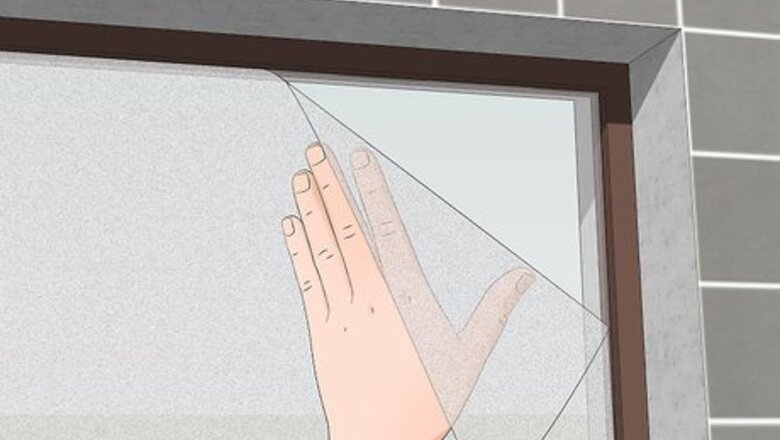
views
Simple Shower Window Privacy Solutions

Cover the window with a vinyl film to obscure the view. This is one of the least expensive and easiest solutions recommended by handyman Art Frinke. These window films come in different patterns and obscurity levels, letting you decide how much light you want to pass through as well as how easy it is to see through the film, cost $5-$20, and can be easily removed if desired. To install the window covering, cut the film to size, peel off the backing, and press it to the inside of a clean window with a flat tool, like a squeegee. For more pizazz, choose a film that looks like stained glass, or opt for a simple etched design to let in more light. Some even offer protection against UV rays. You might also apply the film to just the bottom half of the window, to let in more light.
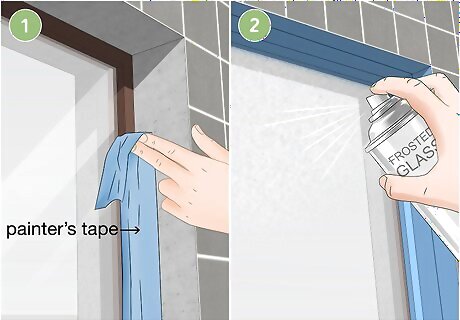
Spray frosted spray paint on the window to obscure it. Frosted paint offers a more permanent solution. Clean the window with glass cleaner and a spare rag, then use painter's tape to protect the window’s borders. Then, give the can of frosted pain a shake, and apply 4-5 coats directly to the glass in back-and-forth motions, keeping the can about 11–15 in (28–38 cm) from the glass. Let the paint dry for 15 minutes between each coat, and add more coats until the window is obscured to your liking. Note that frosted glass spray is difficult to remove, and if you ever wish to alter the window, you may need to replace the pane altogether.

Install shades, blinds, or shutters to leave the window intact. Installing waterproof blinds or another classic window covering is a cost-effective and elegant solution that doesn’t require you to actually alter the glass. Blinds, curtains, and shutters all come in waterproof varieties that make them ideal for showers and bathrooms. You’ll need simple tools like a tape measure, screws, and a drill to install most varieties. A curtain can easily be installed by fitting a small shower rod to the window well, or by drilling a curtain rail above the window, to give you more control over the light. Roman shades and blinds are often mounted to the top of the window and come in many materials. Shutters are a more solid and rustic option, and also come in a number of materials and colors to match your home’s exterior or interior.
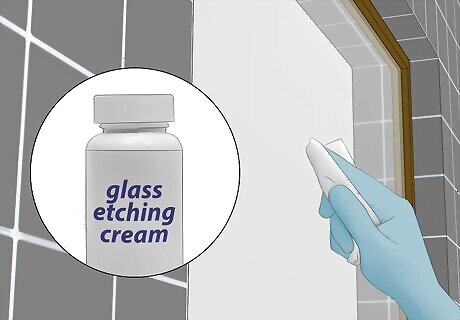
Coat the window with a glass etching cream. A glass etching cream is a more permanent solution that removes a layer of glass from the window to make it more opaque. Instructions vary, but using most etching creams involves spreading the cream on the glass with a rag, letting it sit, then washing it off with soapy water and mineral spirits. Etching cream often costs anywhere from $15-$30.

Plant indoor or outdoor plants to block the window. Install a window box outside the window, and add leafy plants to block the view. Or, drape moisture-loving vines, like pothos, inside the window with wall-mounted hooks for a classy bit of interior coverage. If possible, more involved landscaping, like shrubs or trees, can block an outsider’s view while still giving you something to look at while you bathe.
Replacing Glass for More Privacy
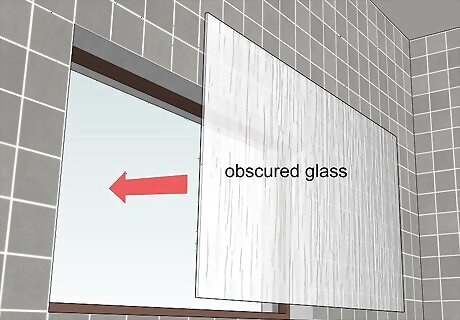
Replace the window with obscured glass to add privacy. This requires you to completely replace the window with one that has glass you can't easily see out of. Pebbled privacy glass is a great option, as is textured translucent glass. If you're able to replace the window yourself, great! If not, hire a contractor to do the job for you. Be sure to choose a window with a vinyl casing, and waterproof the seam between the window casing and the wall. That will help protect your window and walls from moisture. Or, use a glass cutter to cut a pane of frosted acrylic, then drill it directly into the wall inside or outside your home, for a similar but less invasive solution.
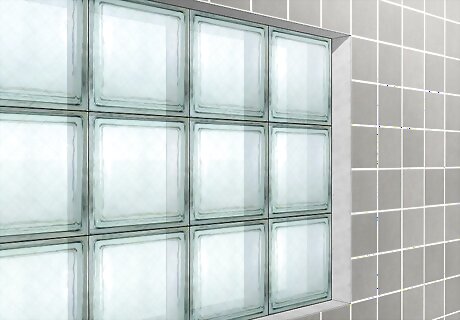
Use glass blocks to create an obscured window. Glass blocks are a unique option that are often used in showers. You can purchase the glass blocks individually, and they let plenty of light in while obscuring the view. Installing several glass blocks will require you to use glass mortar to fill the spaces in between them. If your window has a deep sill, you may be able to install glass blocks without even replacing the original window. Measure the window beforehand so that you know how many glass blocks you need to buy.
Waterproofing a Shower Window
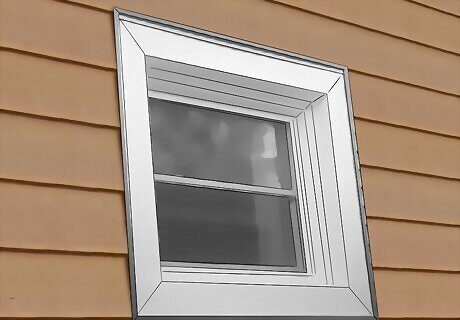
Install only vinyl-clad windows in your bathroom. Professional handyman Art Fricke says that the best way to waterproof a shower window is to use only vinyl-clad window trim. Vinyl is moisture resistant, and so unlike wood or other materials, it won’t warp or deteriorate over time in a humid bathroom.
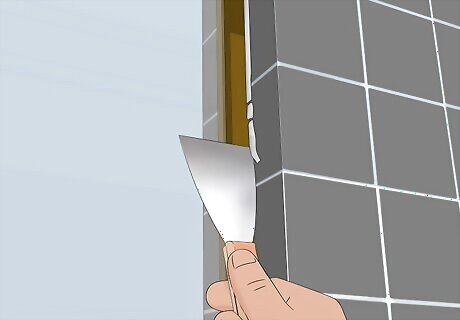
Remove any damaged or deteriorated caulk around the window. Check the current caulk on your window from cracks, crumbles, or missing spots. If there are any, you’ll need to remove and replace the caulk. To do this, use a putty knife to carefully scrape away the old caulk, then brush away the residue with a rag. If the caulk is stubborn, apply a dab or spray of caulk softener and let it sit for 3-4 hours before trying again.

Apply a new layer of silicone caulk around the window. Cut the tip off a cartridge of caulk and place it in a caulking gun. Then, touch the cut tip to the place where the window frame meets the wall, and squeeze the trigger of the caulk gun. Run a steady line of caulk all the way around the window, as well as in any joints in the window frame then use your finger to smooth it out. After, wait 12-24 hours for the caulking to dry before using your shower. Silicone caulk is great for humid interior rooms like a bathroom. Other caulk varieties tend to be too heavy-duty or not water-resistant.












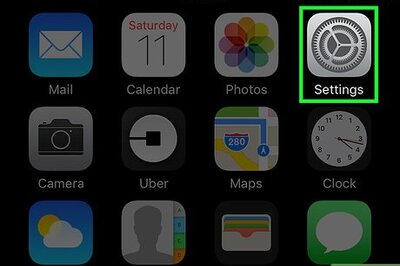



Comments
0 comment